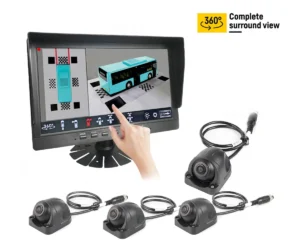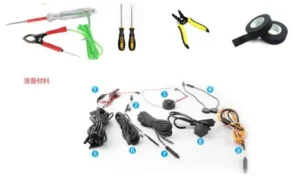As technology continues to evolve, one of the most significant advancements in vehicle safety is the integration of AI-powered rear view cameras. These cameras not only help drivers see what’s behind them but also use artificial intelligence (AI) to recognize and analyze the surroundings, offering more than just a simple view. Whether you’re backing out of your driveway or parking in tight spaces, choosing the right AI rear view camera can make a world of difference.
In this guide, we’ll walk you through the essential factors to consider when selecting a reliable AI rear view camera. We’ll discuss the technology behind these cameras, what features to prioritize, and how to ensure you choose the best system for your vehicle and driving needs.
1. Understand the Core Technology: AI vs. Motion Detection
Before diving into the features of AI-powered backup cameras, it’s essential to understand the difference between AI technology and basic motion detection systems. While traditional rear view cameras rely on motion detection to identify obstacles (detecting only moving objects), AI-powered cameras go a step further.
Why AI Makes a Difference:
- AI-powered cameras use deep learning algorithms to classify objects (such as pedestrians, animals, or vehicles) and provide real-time analysis of your surroundings.
- Traditional motion detection systems often fail to identify stationary hazards, leading to false alarms or missed threats.
When shopping for a rear view camera, ensure that the system offers advanced AI recognition, capable of identifying various obstacles, even if they aren’t moving.
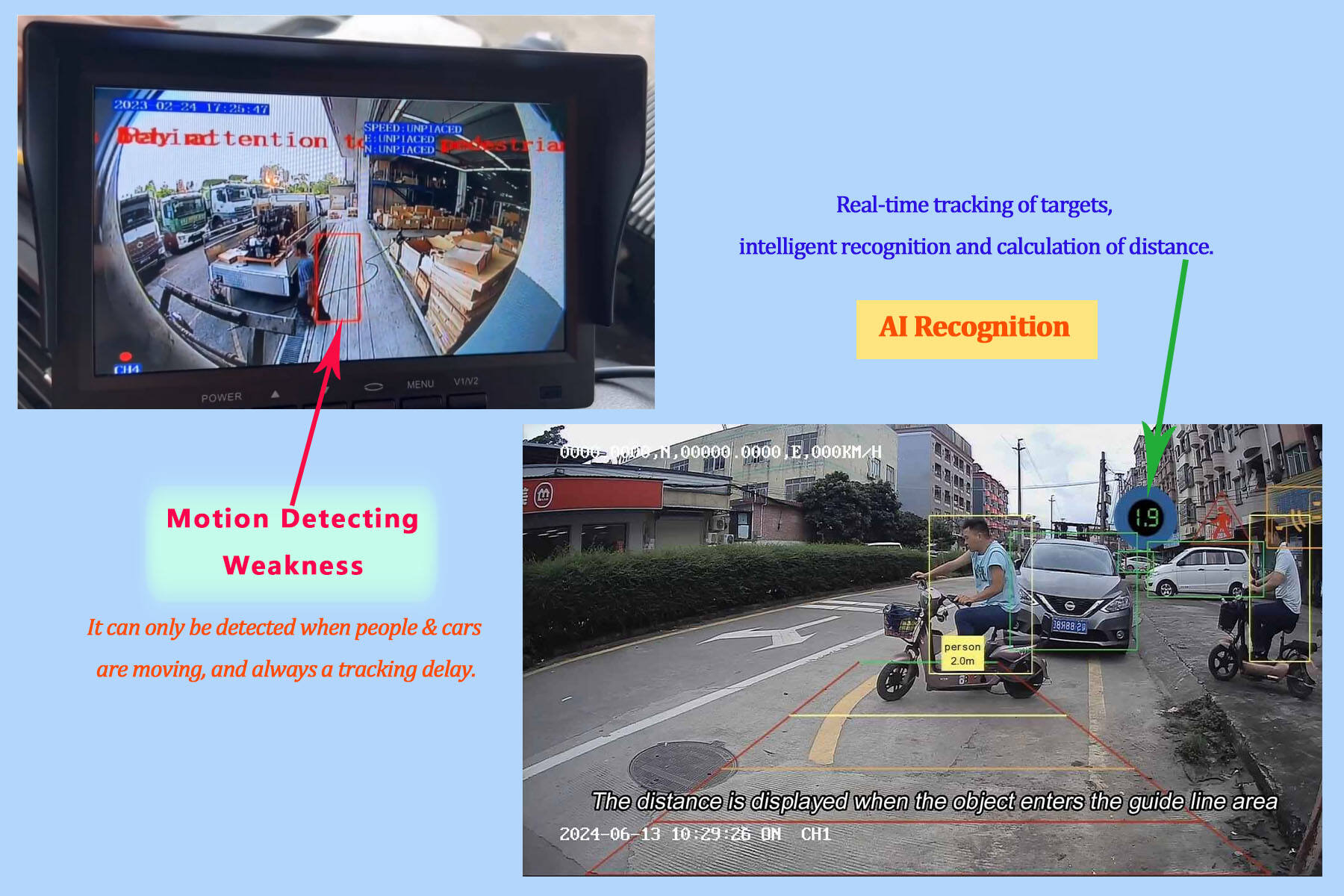
2. Object Detection and Classification: What to Look For
The most significant advantage of AI rear view cameras is their ability to accurately detect and classify objects. Whether it’s a pedestrian, cyclist, pet, or parked car, a reliable AI-powered camera should not only detect objects but also understand them in context.
Features to Check:
- Pedestrian and Vehicle Detection: The camera should be able to differentiate between pedestrians, cyclists, and vehicles, reducing the chance of false positives.
- Animal Detection: Modern systems can even detect smaller animals like cats or dogs, an important feature if you’re often driving in areas with wildlife or pets.
- Dynamic Object Alerts: The system should provide alerts based on the object’s movement toward your vehicle, offering time to react accordingly.
This advanced object classification helps ensure that you get relevant and timely alerts when you need them most, giving you confidence while reversing or parking.
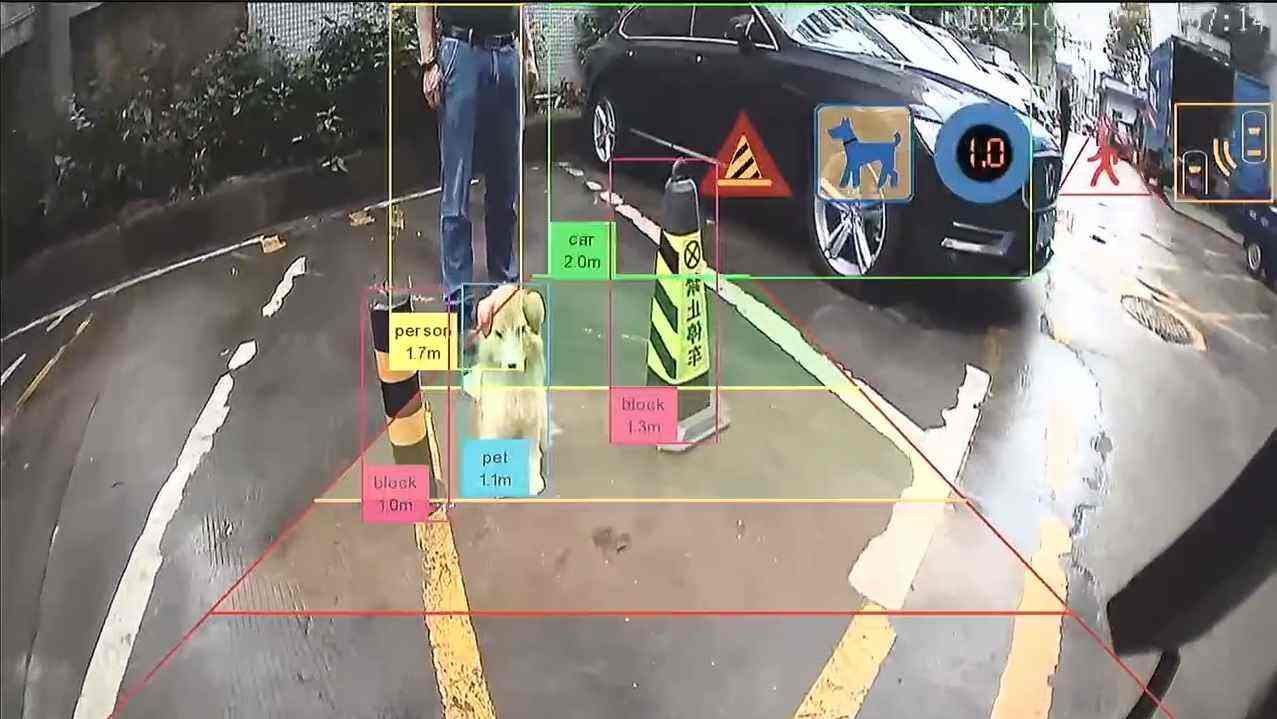
3. Obstacle Distance Calculation: Enhancing Precision
A reliable AI rear view camera should provide not only object recognition but also the distance calculation to nearby obstacles. This feature is especially useful when you’re reversing into tight spaces or parking in crowded areas.
Why Distance Matters:
- Real-Time Distance Measurement: Knowing the exact distance between your vehicle and an obstacle (whether it’s a wall, car, or pedestrian) helps you make informed decisions.
- Visual Indicators: Many systems display distance markers on the screen, giving you a clear idea of how much room you have before a potential collision.
- Audible Alerts: In addition to visual indicators, audible alerts (beeps or voice warnings) should increase in frequency as the distance decreases, providing an extra layer of safety.
When considering your options, look for a camera that offers precise distance calculation along with visual and audio cues to assist your maneuvering.
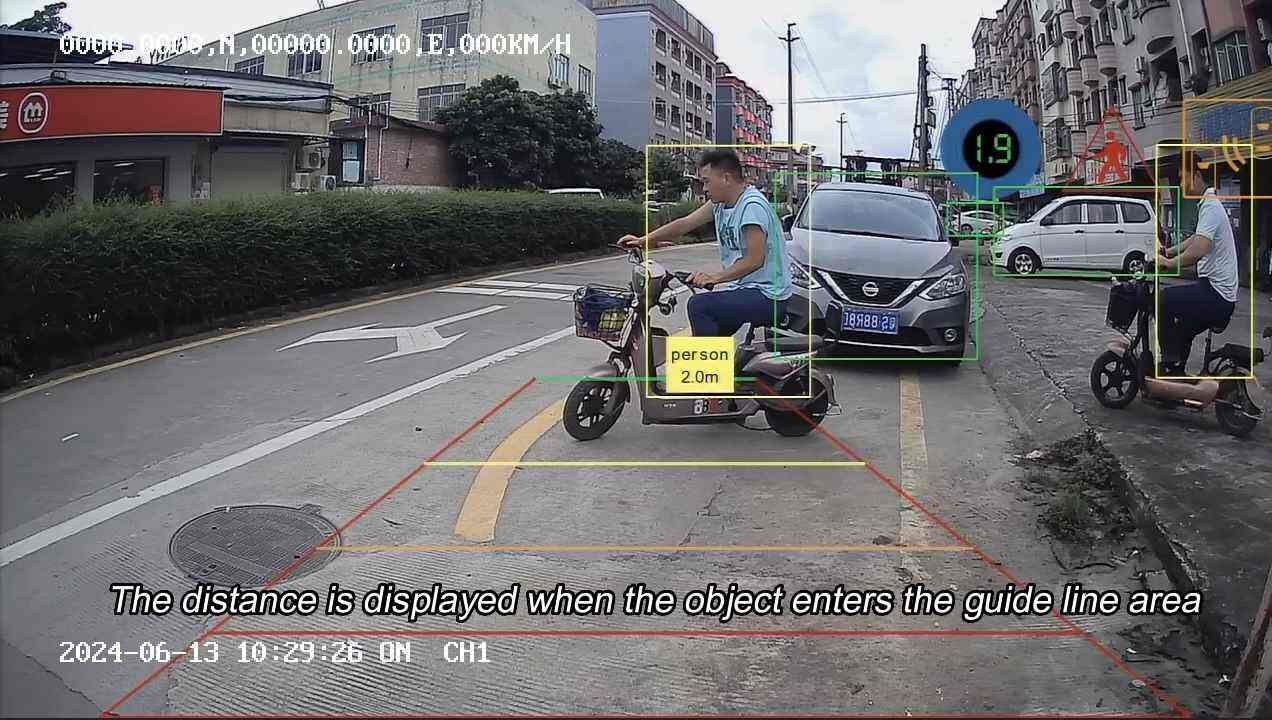
4. Side Blind Area Coverage: Don’t Forget the Peripherals
While a rear view camera is essential for backing up safely, side blind area cameras should not be overlooked. The blind spot is a major cause of side collisions, and a comprehensive AI camera system can help mitigate this risk.
What to Expect:
- Side Blind Area Alerts: A good system should be able to detect vehicles, cyclists, or pedestrians in your vehicle’s blind spots and provide alerts.
- Integrated System: Ensure that the side blind area camera integrates seamlessly with your rear view camera system for a complete 360-degree view around the vehicle.
By choosing a camera with integrated side blind spot monitoring, you’ll significantly reduce the risk of side collisions, particularly when changing lanes or turning at intersections.

5. Ease of Installation and Compatibility
When choosing an AI rear view camera, it’s essential to check how easily it integrates with your vehicle’s existing systems. Some systems may require professional installation, while others can be easily installed yourself.
Installation Tips:
- Plug-and-Play Options: Look for systems with easy installation kits, especially if you prefer a DIY setup.
- Compatibility with Existing Displays: Some AI-powered backup cameras are designed to integrate with your vehicle’s existing infotainment system or dashboard screen.
- Aftermarket Integration: If your vehicle doesn’t have a built-in screen, you may need a standalone monitor or an app that connects with your phone for displaying camera feed.
Ensure that the camera system you choose is compatible with your vehicle and offers a hassle-free installation process, saving you both time and money.
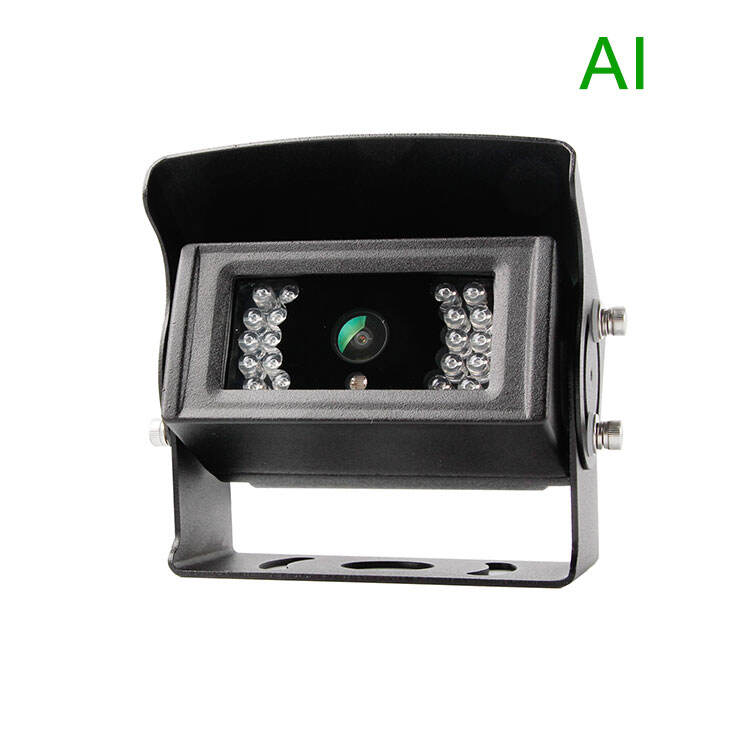
6. Durability and Weather Resistance
Your AI rear view camera will be exposed to harsh conditions, whether it’s rain, snow, extreme heat, or dust. Therefore, durability and weather resistance are key factors in selecting a camera that will last.
What to Look For:
- IP Rating: Check for an IP69K or similar high level of waterproofing, which ensures the camera can withstand heavy rainfall, splashes, or high-pressure water jets.
- Temperature Resistance: Cameras should function in a wide range of temperatures, from freezing cold to high heat, without compromising performance.
- Shock Resistance: As the camera will be mounted on the rear of the vehicle, it should be designed to resist bumps, vibrations, and impacts.
Be sure to select a camera system with high durability standards, ensuring long-term reliability and performance regardless of the weather or terrain.
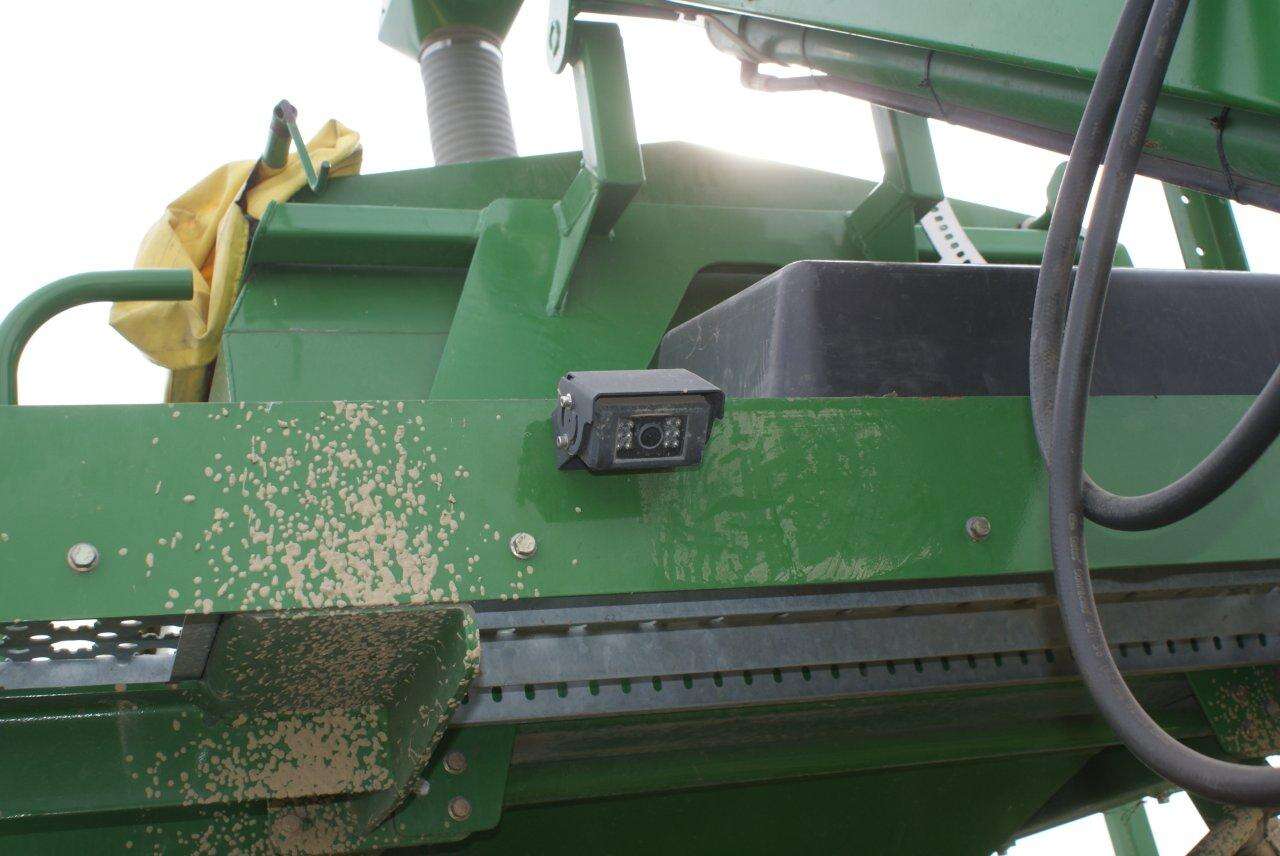
7. User-Friendly Interface and Alerts
Lastly, a user-friendly interface and clear alerts are essential features for an AI-powered rear view camera. The camera should provide intuitive controls and easy-to-read displays, making it simple for you to navigate and understand the feedback.
Key Considerations:
- Clear Visuals: The camera’s display should be sharp and easy to interpret, especially in low-light conditions.
- Customizable Alerts: The ability to adjust the sensitivity or type of alerts (visual, auditory, or both) can be a huge benefit, allowing the system to be fine-tuned to your preferences.
By prioritizing a system with easy-to-use features and clear feedback, you ensure that the camera will enhance your driving experience, not distract from it.
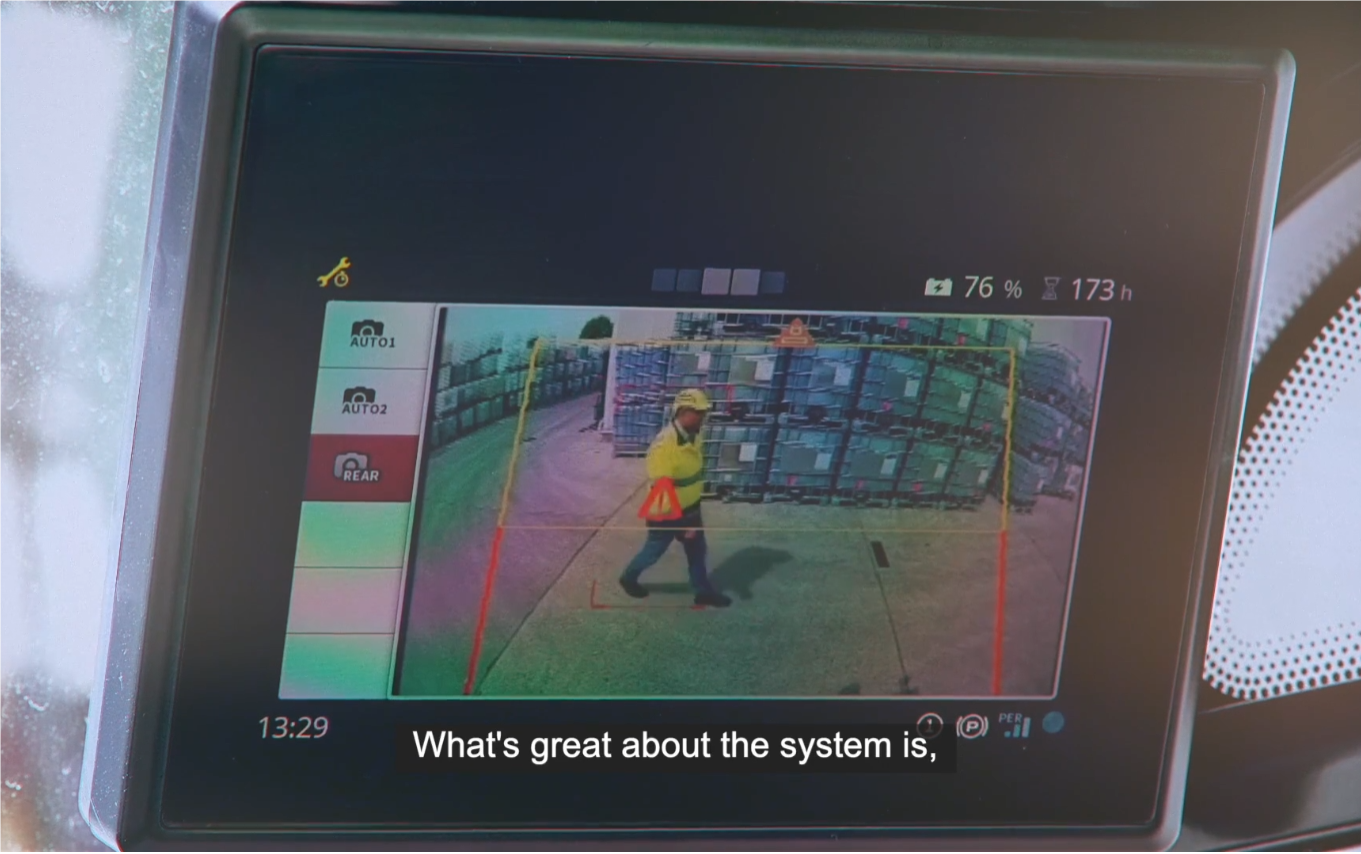
Conclusion: Choose an AI Rear View Camera That Fits Your Needs
Choosing the right AI-powered rear view camera is about more than just adding a backup camera to your vehicle—it’s about selecting a system that enhances your safety, confidence, and driving experience. By focusing on features like AI object recognition, distance calculation, side blind area monitoring, easy installation, and durability, you can ensure that the system you choose provides the highest level of safety and convenience.
At Lintech Kysail, we offer state-of-the-art AI rear view cameras designed to provide clear, real-time insights into your vehicle’s surroundings, helping you make smarter driving decisions. Whether you’re looking for advanced obstacle recognition, dynamic alerts, or weather-resistant durability, we have a solution that fits your needs.


